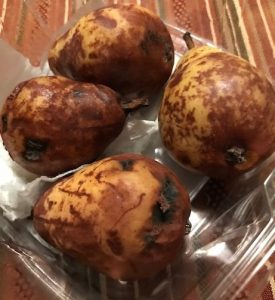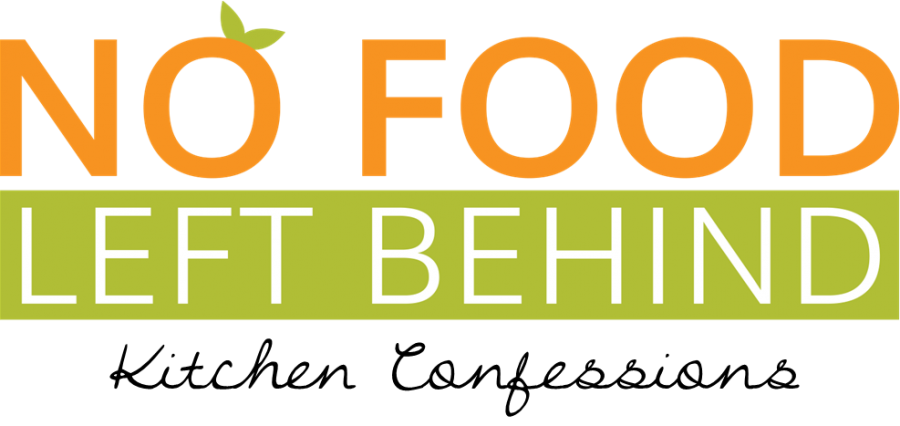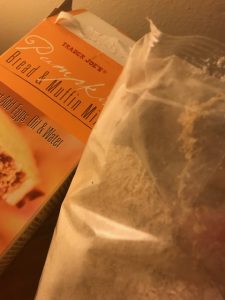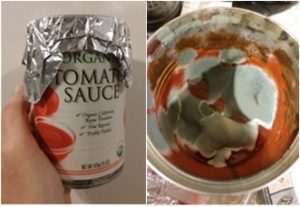What’s “app,” Conscientious Food Consumers?
So here we are, Earth Month 2024: four years out (and counting) from that global viral event that brought us all to the “new normal” and the early editions of our “Kitchen Confessions” blog. Life is still busy, groceries are more expensive and too much of them are still going to waste, plus many of us are tethered more than ever to our phones! So what’s an electronically-enabled Conscientious Food Consumer to do?
 Perhaps a bit of digital intervention might be “app”-ropriate! Particularly given our country’s ambitious goal of reducing food waste in half by 2030.
Perhaps a bit of digital intervention might be “app”-ropriate! Particularly given our country’s ambitious goal of reducing food waste in half by 2030.
Many of us recall when grocery shopping was primarily in-person and involved hand-scribbled lists, consulting hard-copy cookbooks, chefs on TV, and recipe swaps with family and friends. We can still do those old-school things, of course, but nowadays, there’s an app for pretty much everything!
For this edition of our Kitchen Confessions, we took a superficial dive into the wild-wide-world of digital food tools, and came up with a brief listing of ones we’re either currently using or are willing to try out. In particular, we looked for app developers with a well-stated commitment to our shared mission — empowering folks to waste less food and save money at home, everyday!
We found the most app-ealing ones to offer: ease of use, free downloads, reasonable usefulness without purchasing an upgrade, and transparent policies regarding what happens with your user data. For the most part, the apps listed below correlate with NFLB’s Smart Strategies, and can help you take these old-school website- and paper-based tools to the next level!
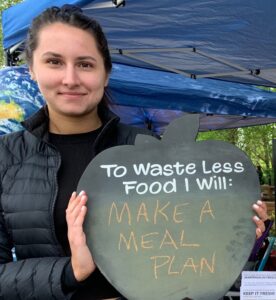
As Conscientious Food Consumers know, wasting less starts with 1) Shopping your fridge, freezer and pantry first, 2) Meal Planning, followed by 3) Smart Shopping (lists). After you get home with the goods, it’s time for 4) Smart Storage (as well as Smart Prep, if possible), and finally, making sure you’re keeping track of what’s on hand, and sharing or donating your excess. There’s apps and old-school resources for all of that!
In Europe and some large U.S. cities, there’s some well-known apps like Flashfood and TooGoodToGo doing the important work of food rescue: connecting consumers with restaurants, retailers and food-based businesses whose excess meals and products would otherwise end up in their dumpsters. These are not operating in our area, so they’re not on our list.
We’re also highlighting three apps we’ve listed here since Day One of our program, as well as a few links to websites and printable resources that we like — because not everyone loves using apps!
We hope you’ll find them both useful and fun to use! (Please see important note at the end***)
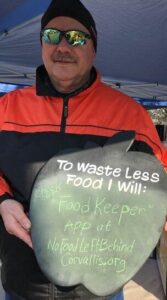
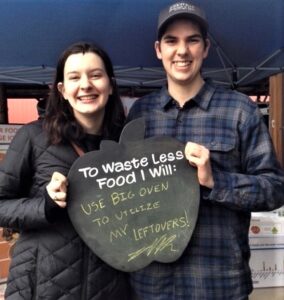 FRIDGE/FREEZER/PANTRY INVENTORY & SHOPPING LISTS
FRIDGE/FREEZER/PANTRY INVENTORY & SHOPPING LISTS
 OMG Oh My Groceries! When was the last time you LOL’ed while making a grocery list? It happens every time we use this app, which does only one thing — it generates a categorized and shareable shopping list. This developer should win a prize for best sense of humor and his pay-it-forward, enlightened sense of mission. (Apple users only)
OMG Oh My Groceries! When was the last time you LOL’ed while making a grocery list? It happens every time we use this app, which does only one thing — it generates a categorized and shareable shopping list. This developer should win a prize for best sense of humor and his pay-it-forward, enlightened sense of mission. (Apple users only)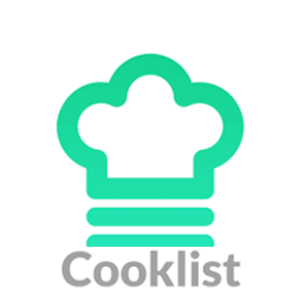 Cooklist This muscle-bound, very-smart app does it all: helps organize and track your kitchen inventory, monitor date labels so you know how (not-)fresh everything is, generates shopping lists with your product preferences, and can even place your shopping orders. (Apple & Android users)
Cooklist This muscle-bound, very-smart app does it all: helps organize and track your kitchen inventory, monitor date labels so you know how (not-)fresh everything is, generates shopping lists with your product preferences, and can even place your shopping orders. (Apple & Android users)- Old School (website): NFLB’s Freezer Inventory (English and Spanish). You’ve probably already seen or picked up this downloadable pdf on yellow card stock, one of our most popular Smart Strategies!
MEAL PLANNING & RECIPES
 Big Oven We’ve listed this one since Day One because it helps you use up what’s already on-hand! Plug up to three items into the free recipe tool, and out pops dozens of recipe suggestions. Registration is now required to integrate certain features like the shopping list and meal planning, and to save your favorite recipes. (Apple & Android users)
Big Oven We’ve listed this one since Day One because it helps you use up what’s already on-hand! Plug up to three items into the free recipe tool, and out pops dozens of recipe suggestions. Registration is now required to integrate certain features like the shopping list and meal planning, and to save your favorite recipes. (Apple & Android users) Mealime was recommended to us by a Farmers’ Market booth visitor for healthy meal planning. It incorporates your personal preferences for suggested menus, along with portion sizes, to generate shopping lists for recipes that can be whipped up into a meal in just 30 minutes! (Apple & Android users)
Mealime was recommended to us by a Farmers’ Market booth visitor for healthy meal planning. It incorporates your personal preferences for suggested menus, along with portion sizes, to generate shopping lists for recipes that can be whipped up into a meal in just 30 minutes! (Apple & Android users)
- Old School (website): The Guestimator Speaking of portion sizes, here’s a great tool for prepping and cooking the perfect amount of food for all your guests, particularly during the holidays!
SMART STORAGE/FOOD SAFETY
 USDA’s FoodKeeper Authoritative, searchable database for freshness and safe consumption for everything edible. (Apple & Android users)
USDA’s FoodKeeper Authoritative, searchable database for freshness and safe consumption for everything edible. (Apple & Android users)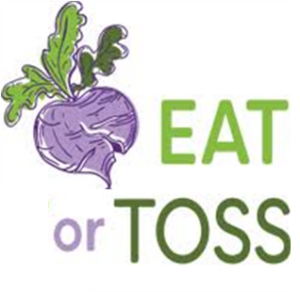 Old School (website): Eat Or Toss is absolutely golden! Credible advice for those questionable food item characteristics you might find while rummaging in your fridge, freezer and pantry, plus “use it up” recipes.
Old School (website): Eat Or Toss is absolutely golden! Credible advice for those questionable food item characteristics you might find while rummaging in your fridge, freezer and pantry, plus “use it up” recipes.- Old School (website): Still Tasty An oldie-but-goodie, user-friendly, searchable fave of NFLB/Kitchen Confessions staff. Check out the “Shelf Life” section!
FOOD SHARING/DONATION
 OLIO Share extra or unwanted food with your neighbors with this trusted app, used worldwide. Welcome to the sharing economy!
OLIO Share extra or unwanted food with your neighbors with this trusted app, used worldwide. Welcome to the sharing economy!
TRACKING WASTE AT HOME
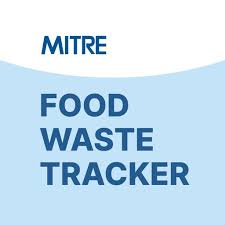 Mitre’s new app, the Food Waste Tracker, helps you get a precise reality-check of what’s going on in your kitchen. We’ve just started using this eye-opening app, which quantifies daily consumption and waste patterns. The anonymous data generated will likely inform future progress reports on national food waste habits. (Apple & Android users)
Mitre’s new app, the Food Waste Tracker, helps you get a precise reality-check of what’s going on in your kitchen. We’ve just started using this eye-opening app, which quantifies daily consumption and waste patterns. The anonymous data generated will likely inform future progress reports on national food waste habits. (Apple & Android users)- Old School (downloadable): NFLB’s DIY Wasted Food Discovery Week form (English/Spanish)
Happy App-ing! We’d love to hear about your experiences in the comment section below. Which are your favorite apps for wasting less and saving more, at home, everyday?
***PLEASE NOTE: We don’t claim to be product evaluation pros! The above mobile app or company listings are provided by No Food Left Behind Corvallis for informational purposes only. They are not necessarily endorsed by the Corvallis Sustainability Coalition, its governing Board, nor its partner organizations.
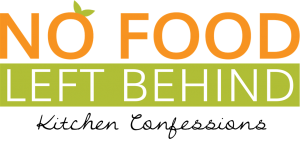


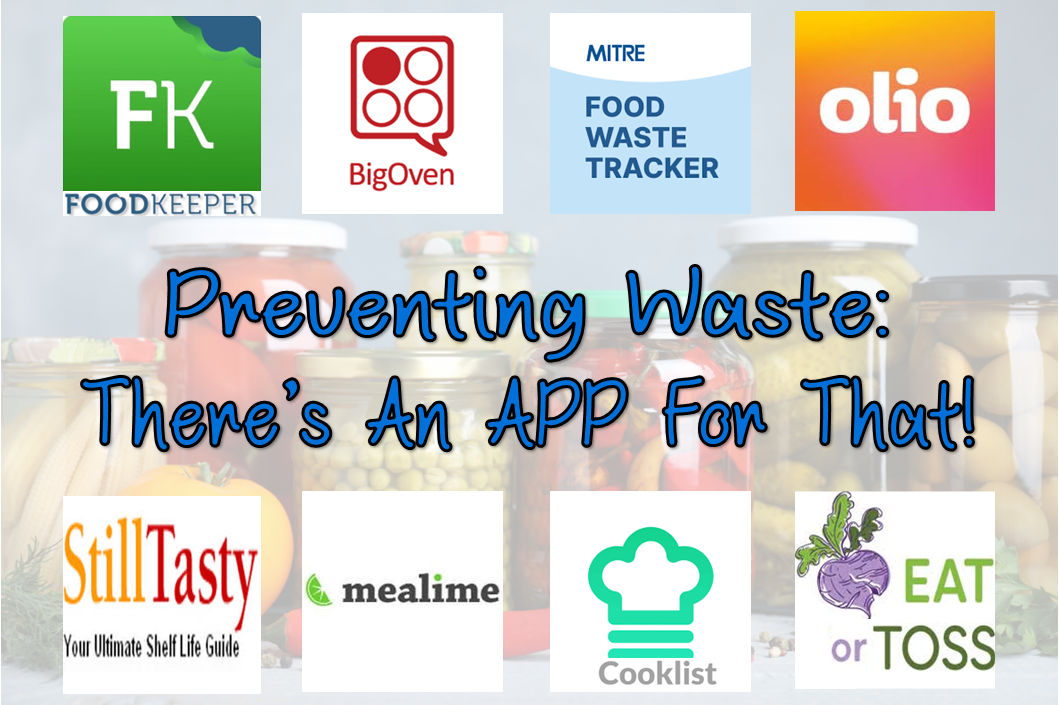
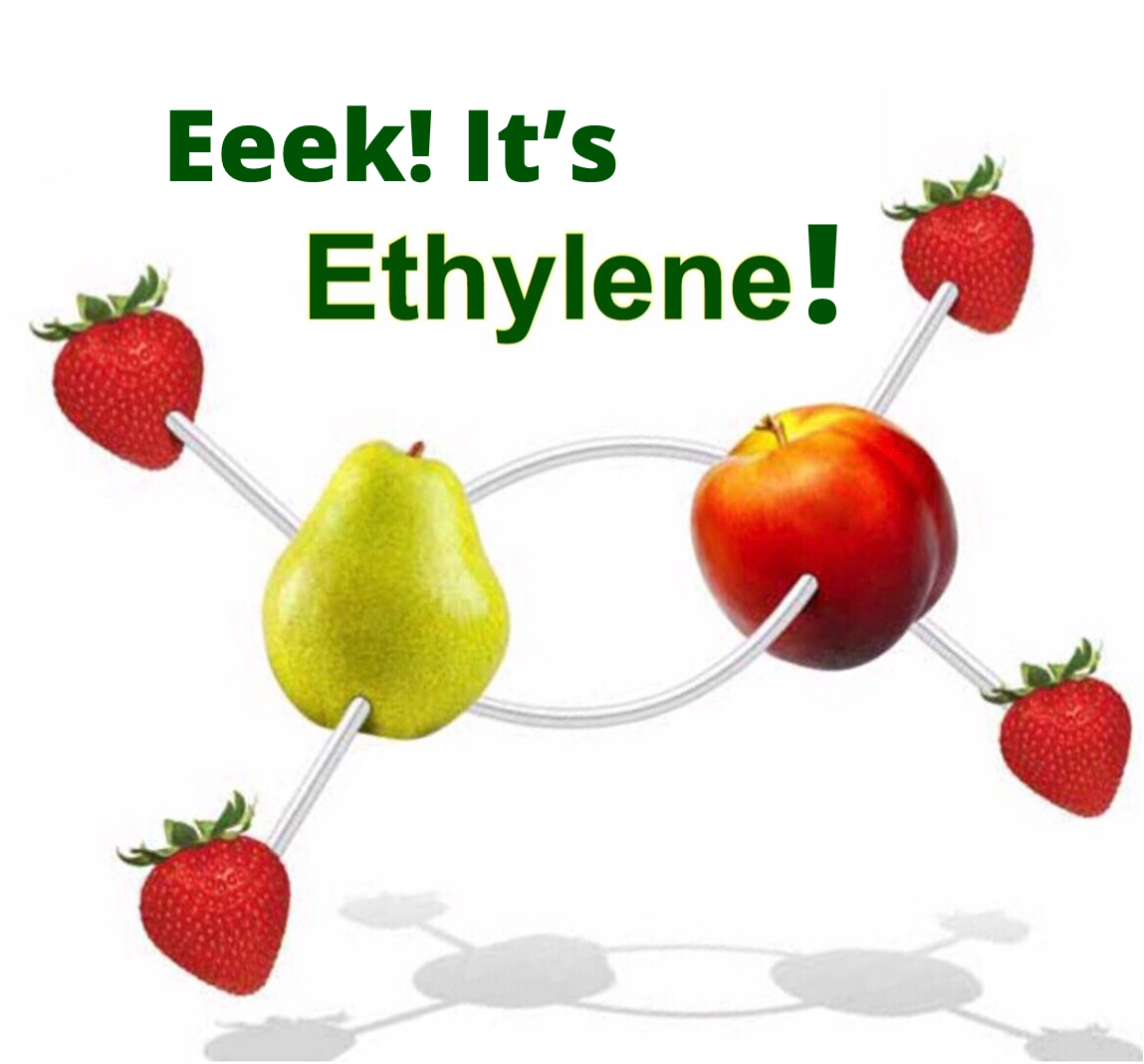
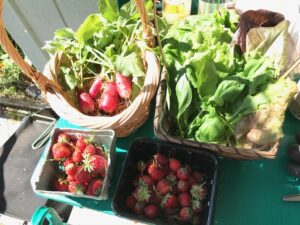
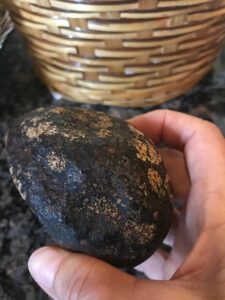

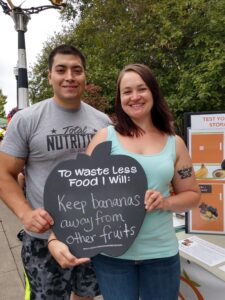
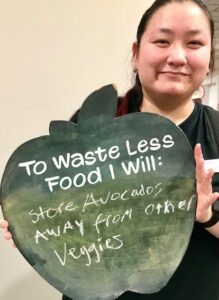
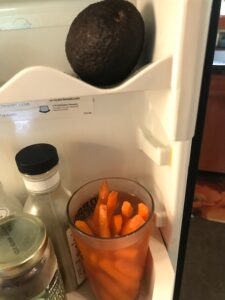
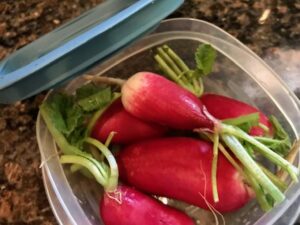
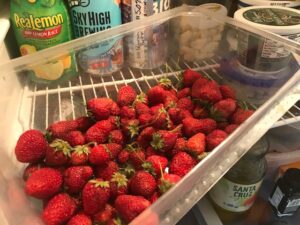
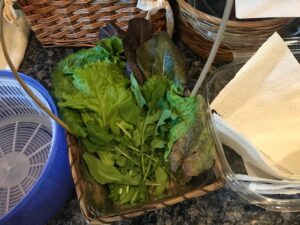
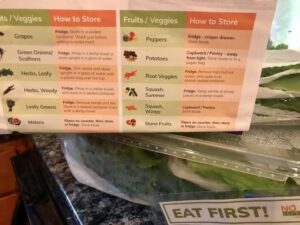
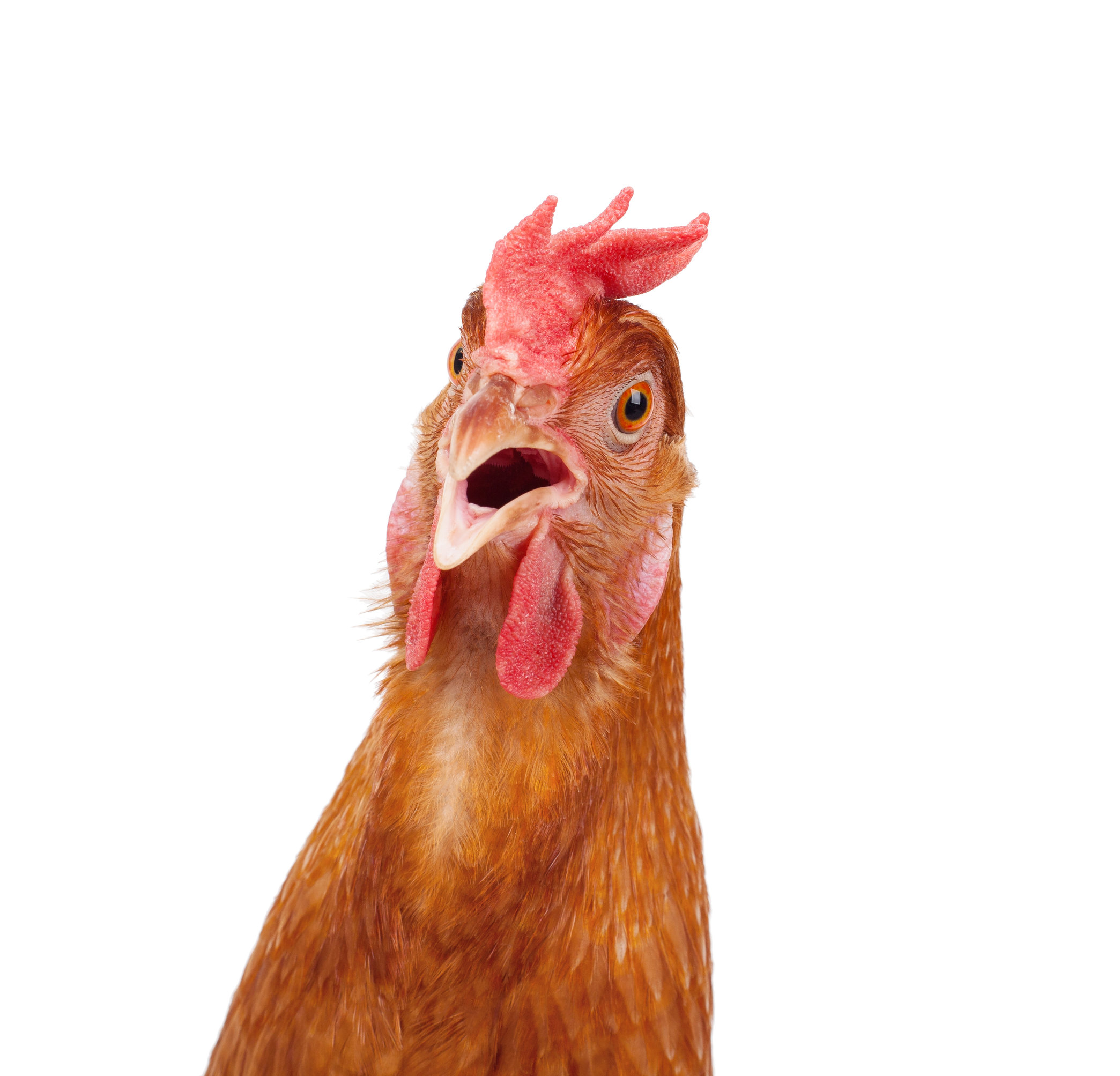
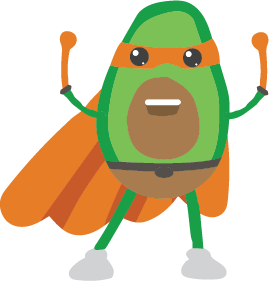
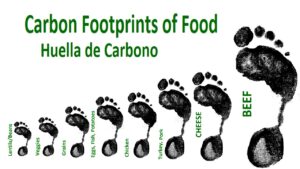

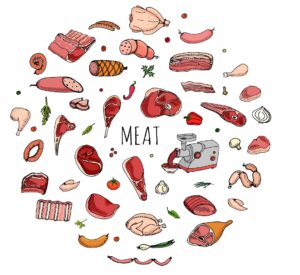
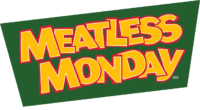 Plan and prepare one or more meat-free meals each week, like “
Plan and prepare one or more meat-free meals each week, like “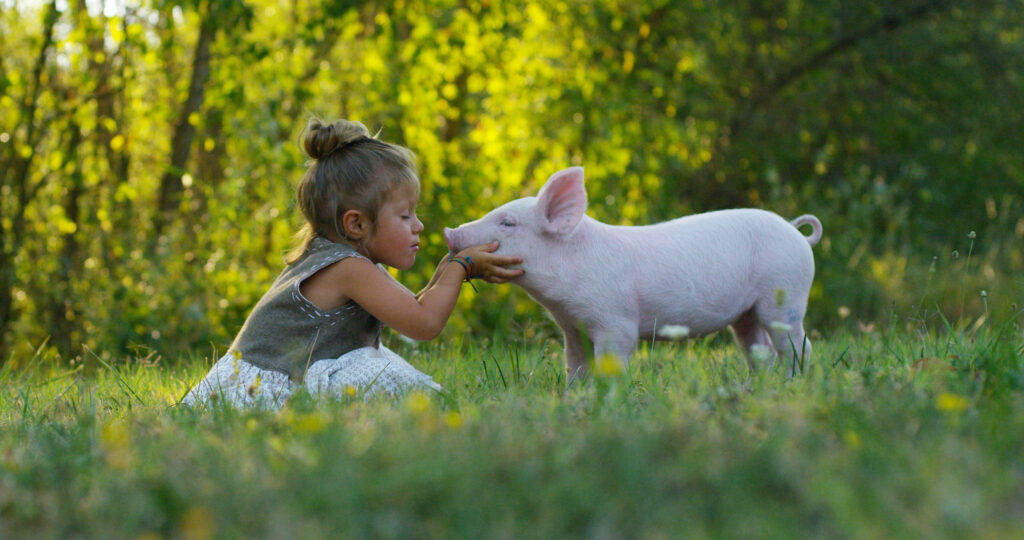
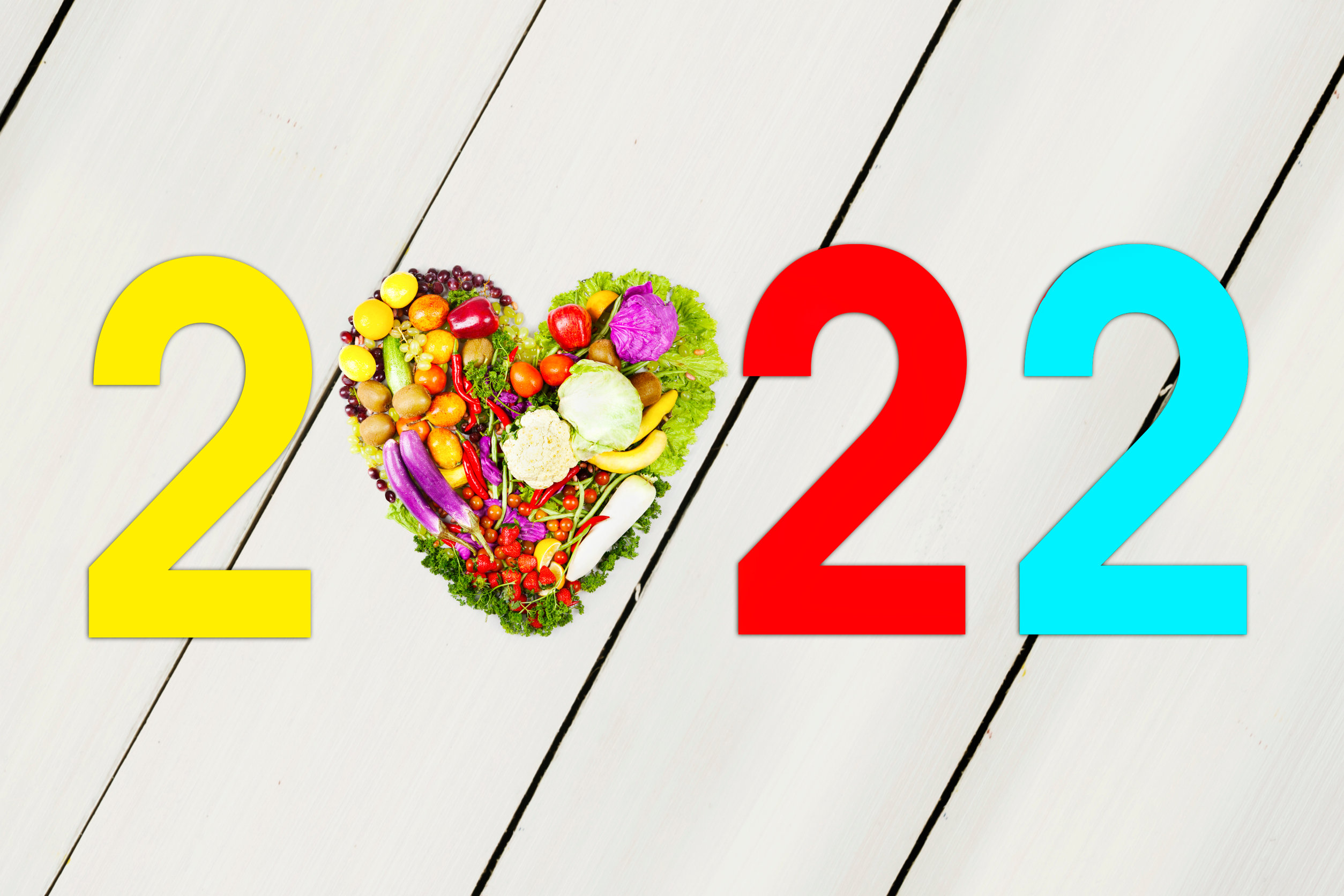
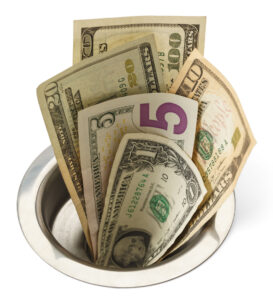
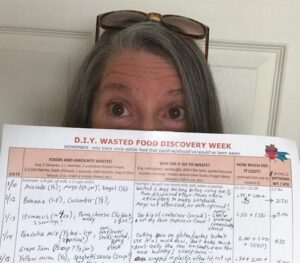
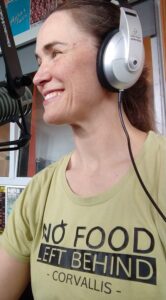
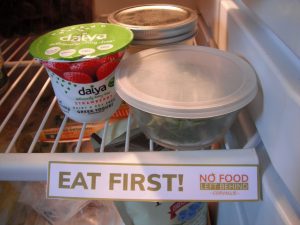
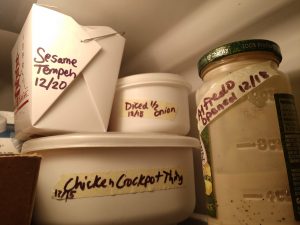
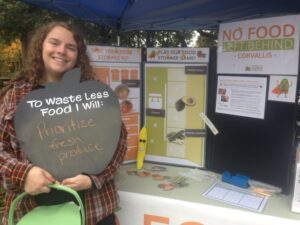
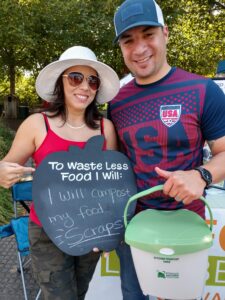
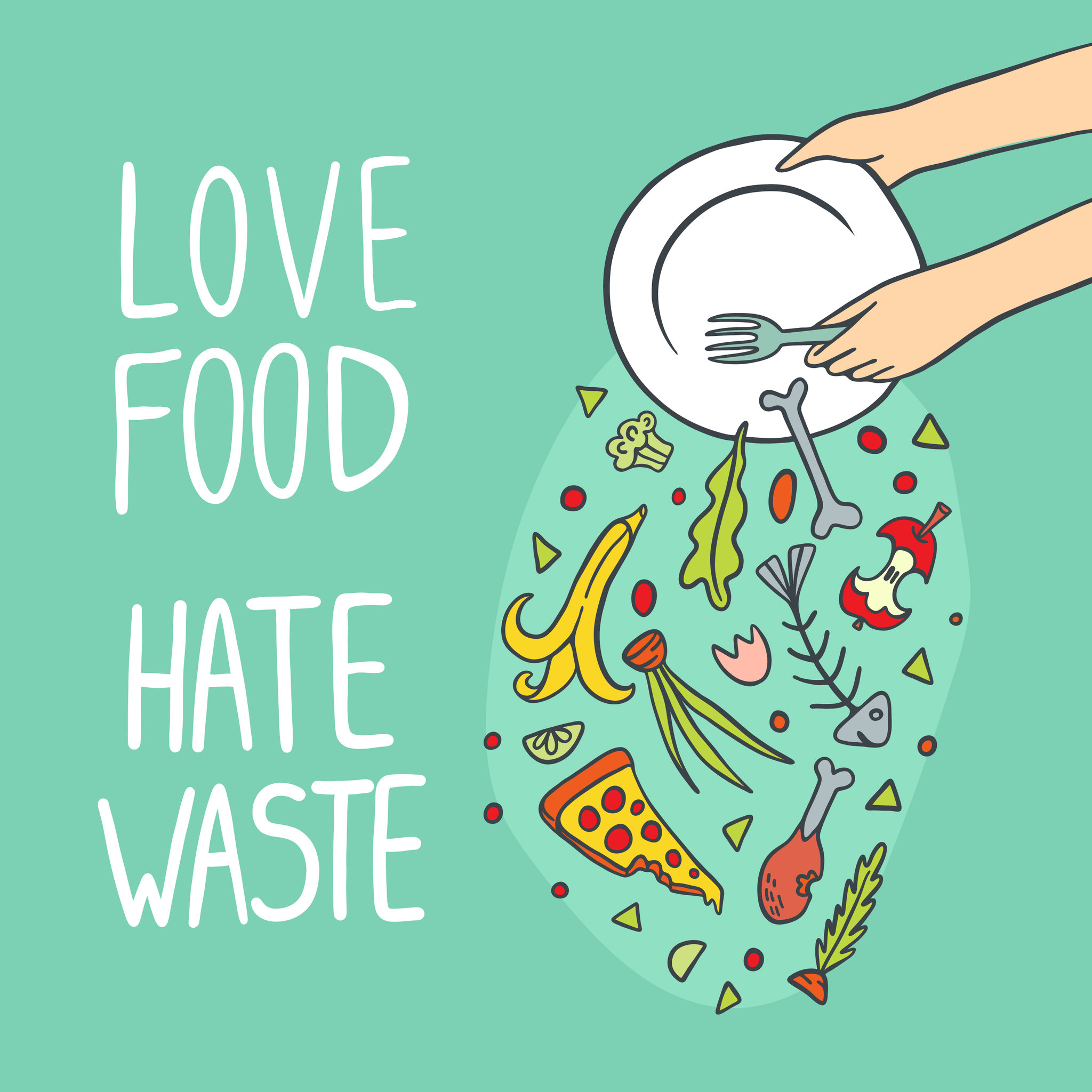
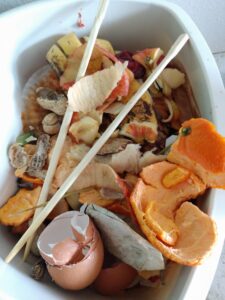
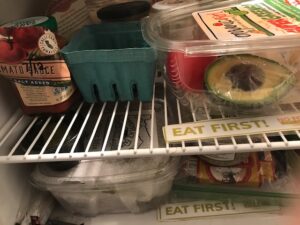

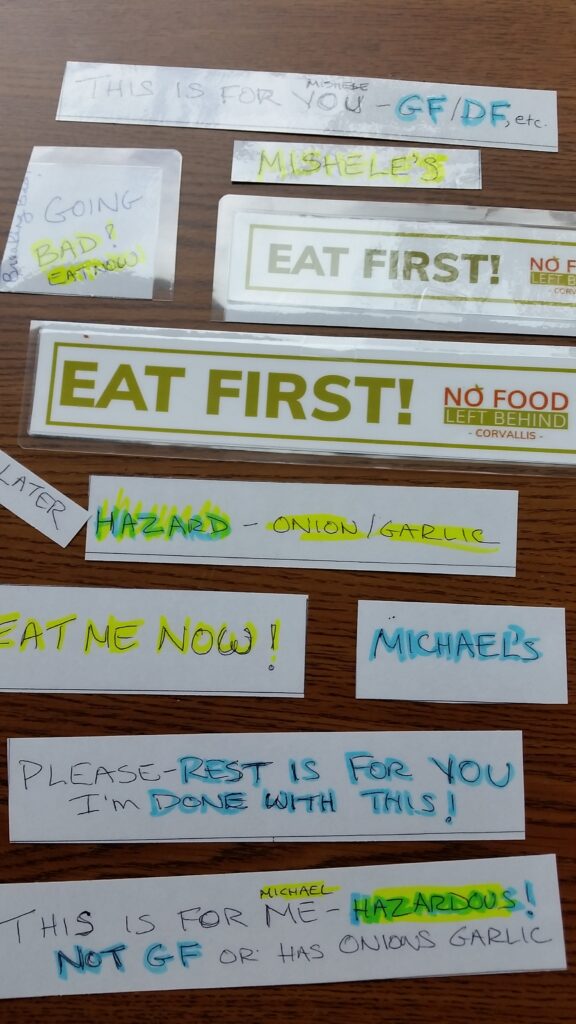 My spouse and I grew up with Depression-era parents, so in both our families the culture is to never, ever throw anything out unless it’s truly inedible. If something DOES start to get old, we just cook it instead of eating it raw.
My spouse and I grew up with Depression-era parents, so in both our families the culture is to never, ever throw anything out unless it’s truly inedible. If something DOES start to get old, we just cook it instead of eating it raw.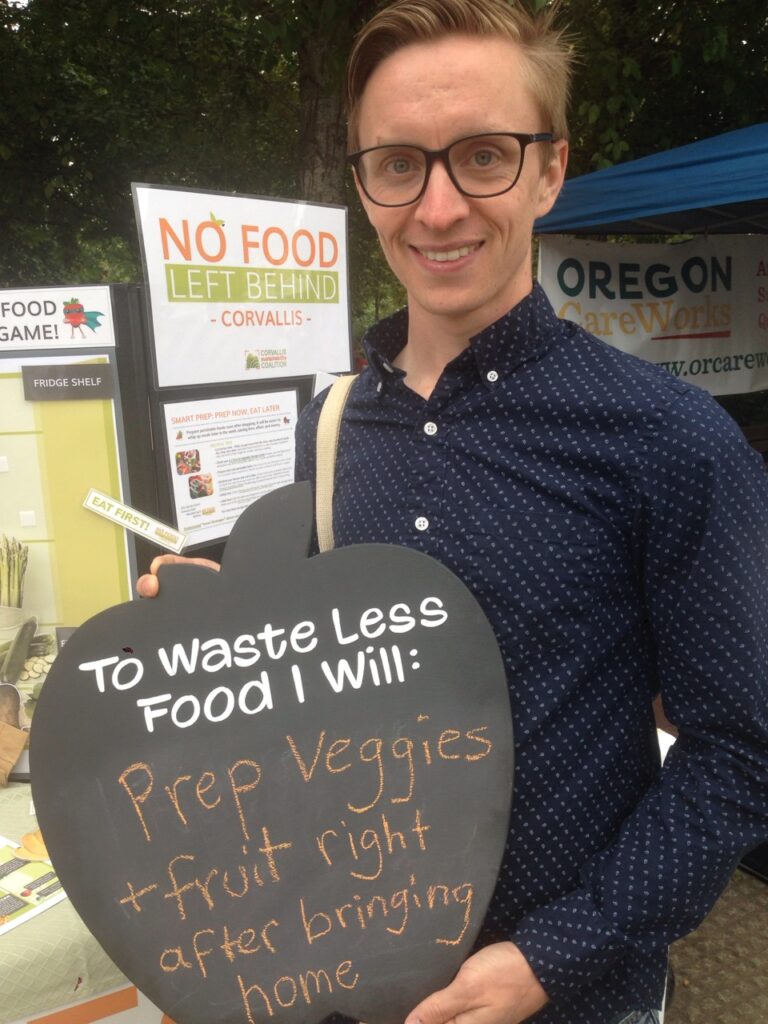 *****
*****
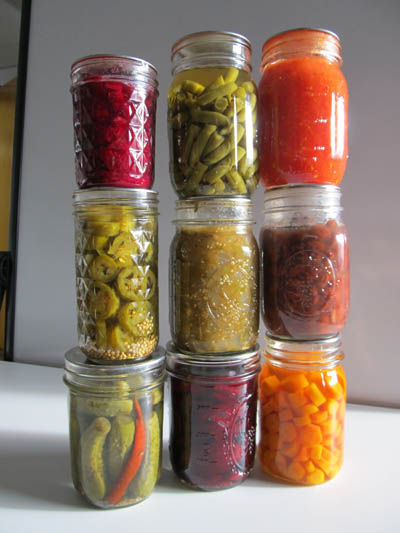
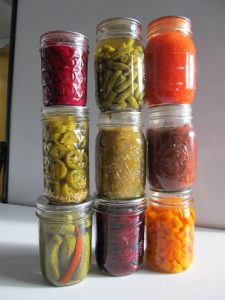 Greetings, Conscientious Food Consumers!
Greetings, Conscientious Food Consumers!
